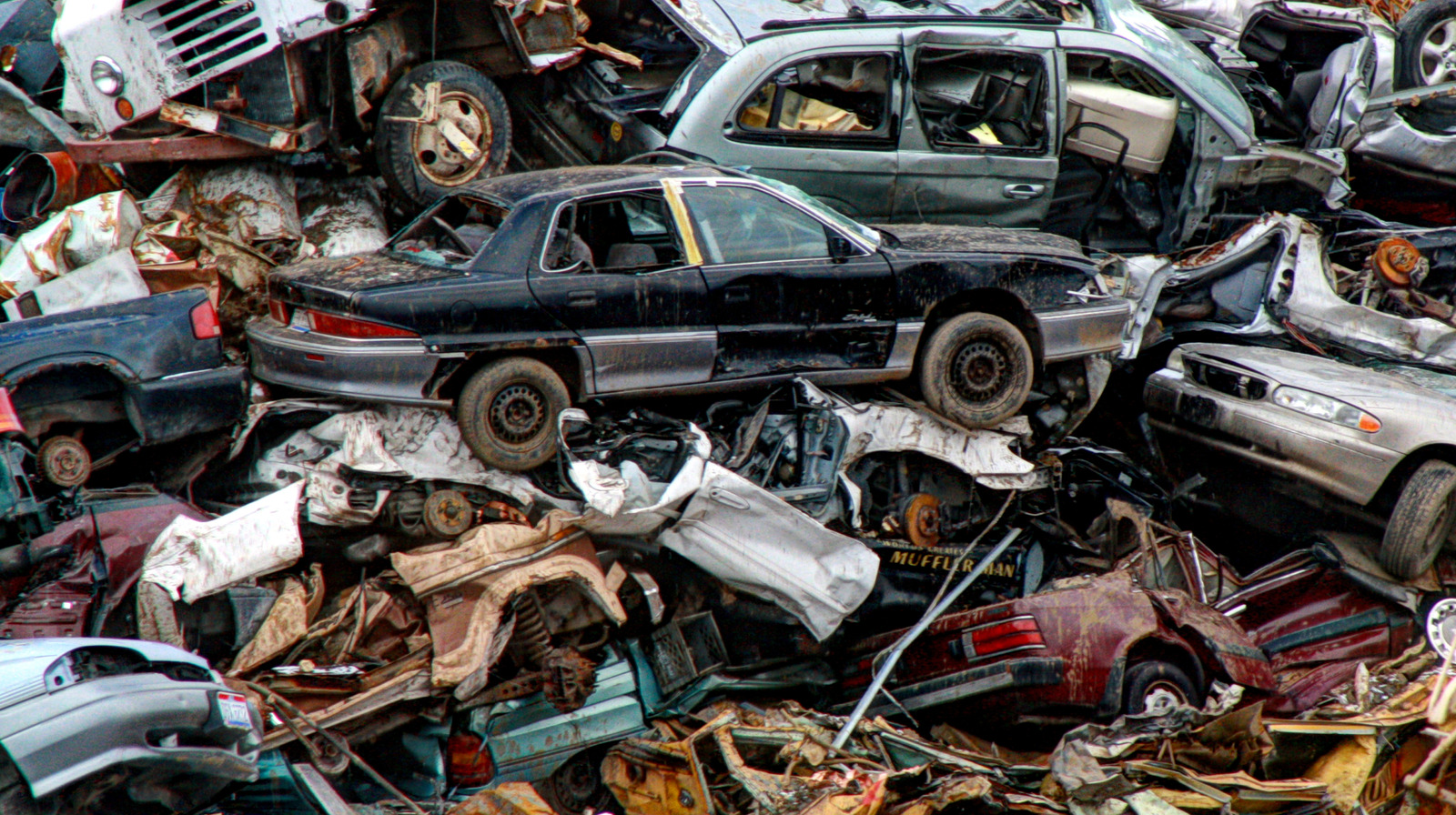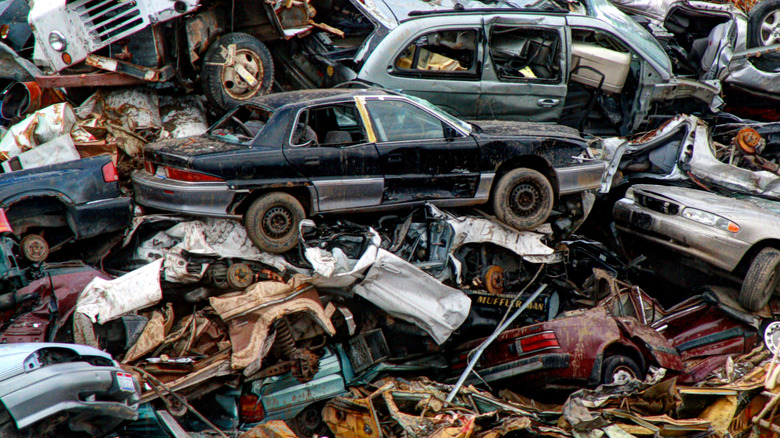The American auto industry is once again in a trap of its own making. For decades European and Asian automakers have been pushing the Big Three deeper into a spiral of producing larger, more profitable, lower-quality vehicles. Each time an American automaker has faced adversity and evolving consumer desires, they have failed to adapt to the change and instead pushed headstrong into the status quo, begging for government aid in the form of protectionist economic policies or massive financial bailouts. With Toyota’s venerable RAV4 taking the best-selling-vehicle-in-America honors for 2024 from Ford’s F-series pickup, it certainly feels like the beginning of the end.
Once Ford, General Motors, and Chrysler were behemoths on the international stage, but now can’t even conquer the U.S. market. The first step in this long road to the bottom was the 1973 fuel crisis, for which the Big Three were ill prepared and got stomped on by Japanese automakers.Through various international financial collapses of the 1990s and 2000s the American automakers continued to push larger and more expensive products to market, in spite of declining build quality and comparative reliability. The Big Three are responsible for some of the most recalled cars on the market, and simply can’t match the Japanese, Korean, or German brands on quality rankings, according to Consumer Reports.
Looking at sales data, and the renewed head-in-the-sand approach to electrification, there isn’t much about the American auto industry to be impressed by these days.
How did it get this bad?
Within my lifetime U.S. auto production has tanked from half a million cars per month to just over 100,000 cars per month. The absolute nadir of the 2000s financial crisis saw automobile production in this country dip to a then-unfathomable 107,500 vehicles in January of 2009. Current automobile production rates within the United States have dipped lower than that in three of the last seven months, according to Federal Reserve Economic Data.
While the Trump administration has favored protectionist economic policies aimed at moving vehicle production back to the U.S. the long-term outlook doesn’t seem positive. With that protection comes walking back on globally focused electric vehicle incentives and subsidies, which the Big Three desperately needs to compete anywhere else in the world. I know I’ve said it a million times before, but if Detroit doesn’t step up its game in the near future, China is going to bully them and eat their lunch.
The U.S. auto industry is building fewer cars than ever, larger than ever, more expensively than ever, and reversing course on electrification? That all spells a recipe for disaster.
Will America follow Britain’s lead?
If you ever needed an idea of what the U.S. auto industry could look like in the next decade or two, simply look at the British auto industry. Thanks to a failure to adapt to a changing global market and increased competition, while thumbing their collective noses at modernization, a once booming industry, packed with competition, collapsed almost overnight. It’s difficult to watch this retrospective from quarter-century-ago from Jeremy Clarkson (above) and not instantly see the parallels. The current state of the UK auto industry is one that sees only the high-end automakers survive, sold off to foreign interests, while the brands catering to the everyman rot on the vine. Ultra-lux Bentley, Land Rover, and Rolls-Royce still exist, likewise the sportiest cars from McLaren, Jaguar, Aston Martin, and Lotus still wave the Union Jack, but not a single one of them remains under British ownership. MG and Mini, the last remnants of a Brit car for the people, are also foreign-owned.
Will the Americans suffer the same fate? There isn’t exactly an American analogue to any of these British brands, so will the Dodges, Fords and Chevrolets fade into ignominy like so many other Austins, Morrises, Rovers, Triumphs, or Rileys before them? Will our one time standard of the world auto industry soon be reduced to Cadillac and Jeep? Perhaps Corvette?



